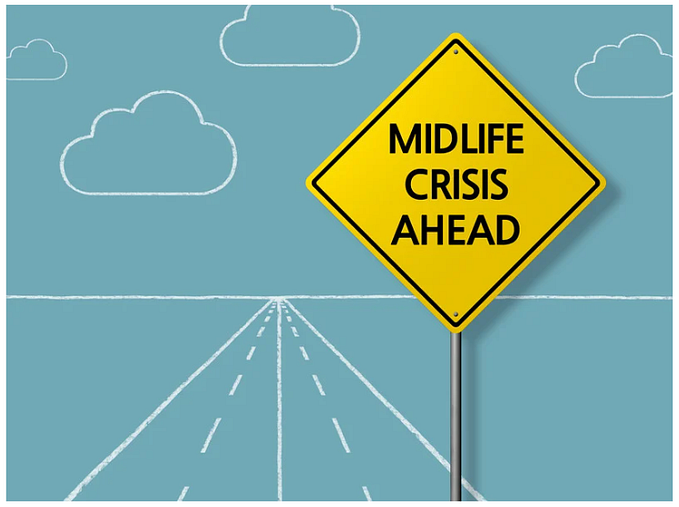Member-only story
A Beginner’s Guide to Giving Performance Reviews
Advice for new managers on the most effective way to deliver feedback

 Sitting down for a performance review can be harrowing or helpful, depending on your manager’s style. Some offer helpful tips to fine-tune your work or, if your performance is slipping, get you back on track. Some just hand you a vague checklist enumerating all the things you’ve done right or wrong, and send you on your way.
Sitting down for a performance review can be harrowing or helpful, depending on your manager’s style. Some offer helpful tips to fine-tune your work or, if your performance is slipping, get you back on track. Some just hand you a vague checklist enumerating all the things you’ve done right or wrong, and send you on your way.
But as difficult as it is to have a performance review, it can be even more stressful to give one. If you’re a manager, there’s a lot riding on doing it well: In the modern working world, performance reviews are a rare opportunity for boss and employee to learn and grow together. “In the past, performance reviews were about ranking and rating you in comparison with your colleagues,” says Lindsey Pollak, a workplace consultant and author of several books of career advice. “But it’s since evolved. The best performance reviews, from both sides, are an opportunity to take stock of what you’ve achieved, and what you’ve planned moving forward.”
It takes some preparation and nuance to craft an effective performance review, especially if it’s your first time reviewing a subordinate. Here are some tips to help you deliver useful, motivating feedback that’ll keep your employees on top of their game.
Do your homework
There are no cookie-cutter managers; in that same vein, there are no cookie-cutter employees, either. Each employee has their own set of strengths and weaknesses, and a performance review gives you the opportunity to discuss with them how best to harness those strengths to keep the workplace humming smoothly.
“Your physical experience is going to affect your emotional experience. If you’re hungry, or stayed up too late, it’s hard to have the self-command to find the right words.”
That means you need to do some preparation. “Don’t just wing it,” Pollak says. In addition to preparing from a content perspective — what you want to say, how much you want to say, and what tone you want to use to say it — she suggests keeping in mind…







